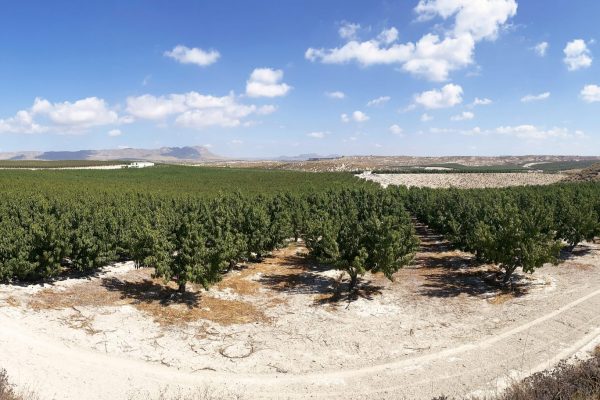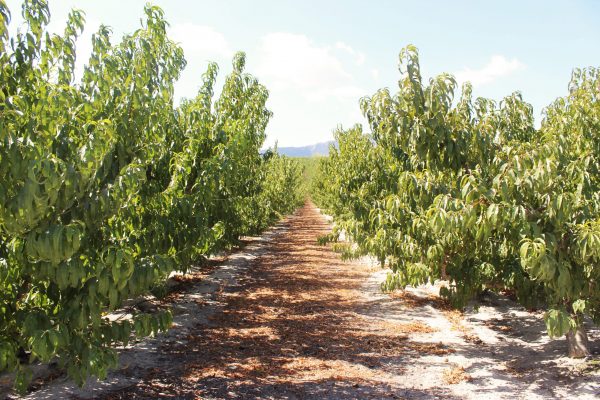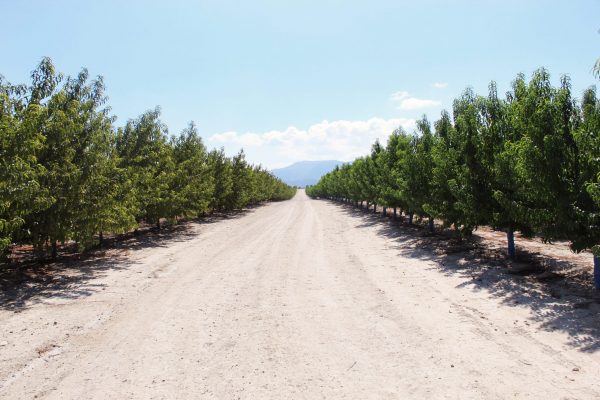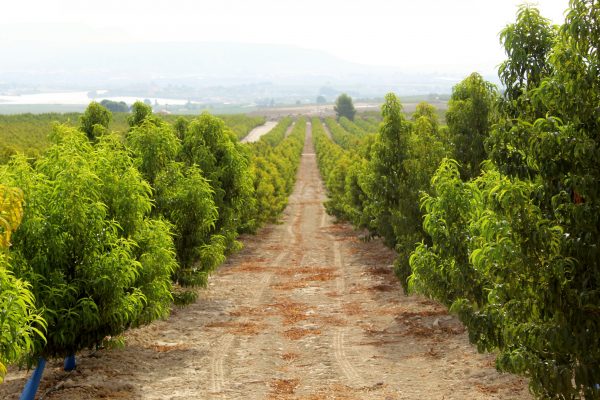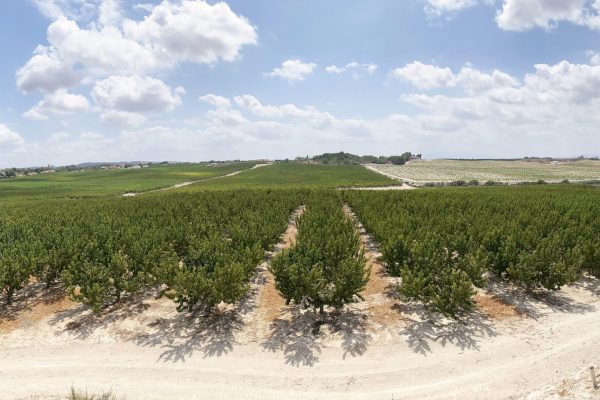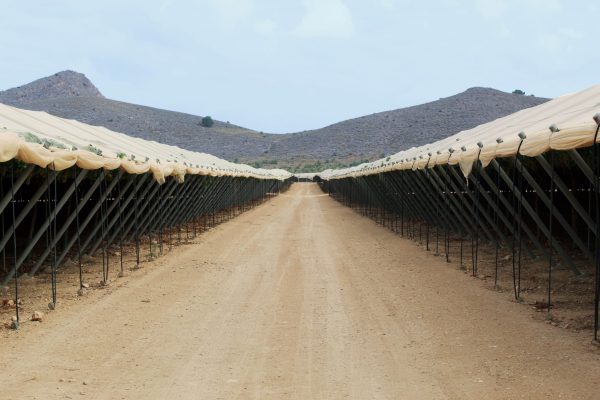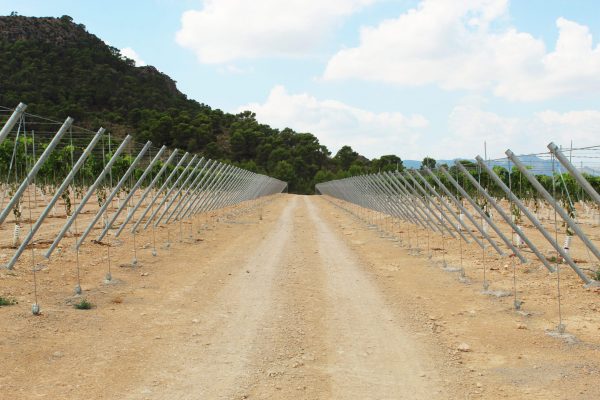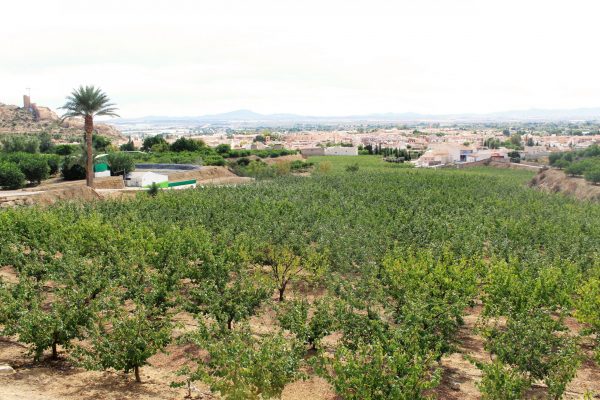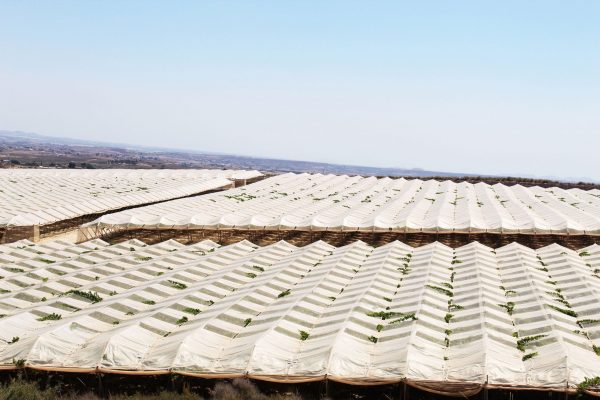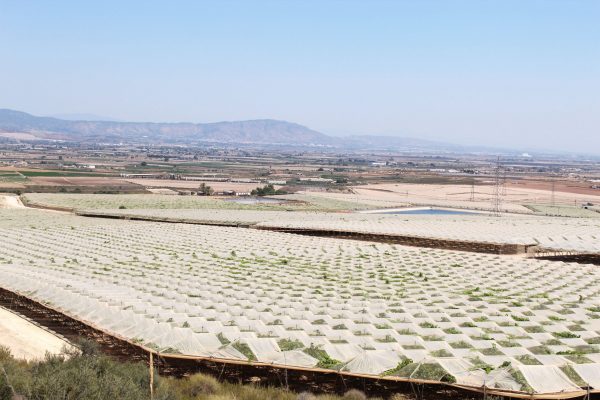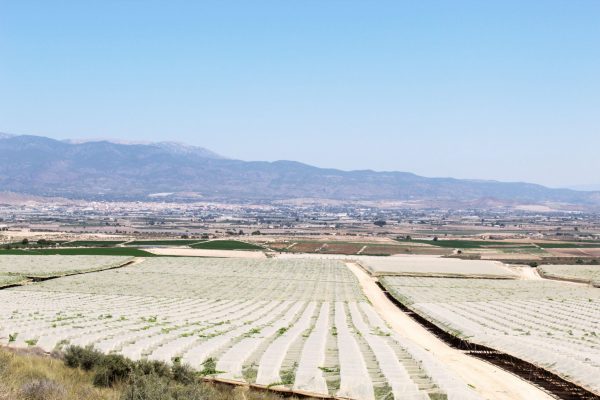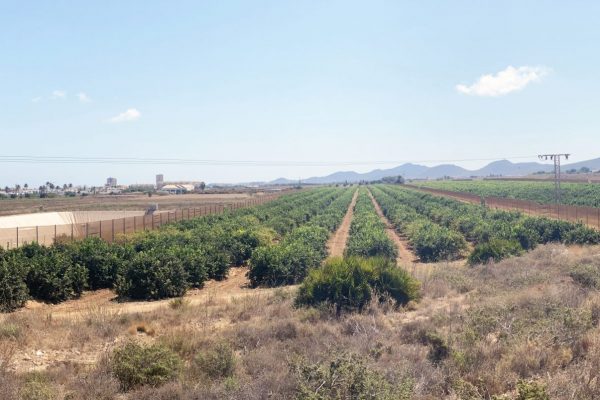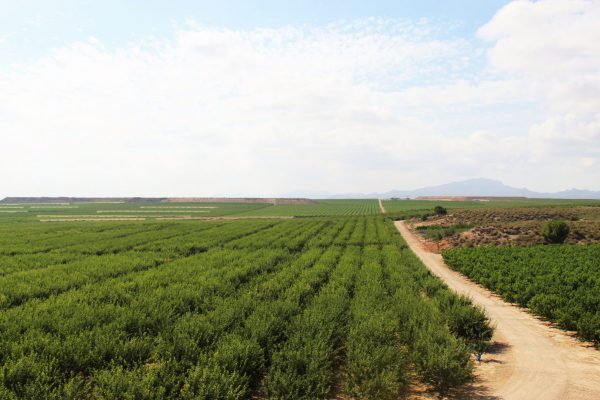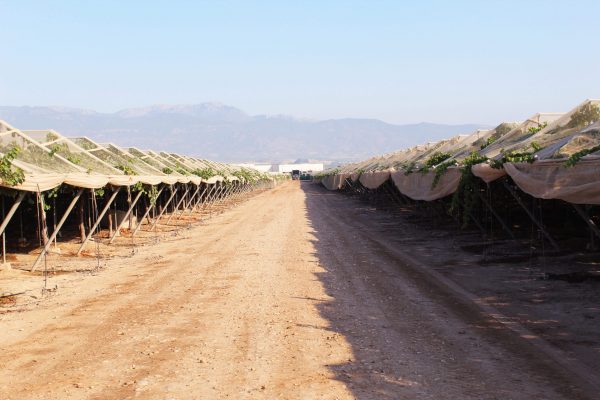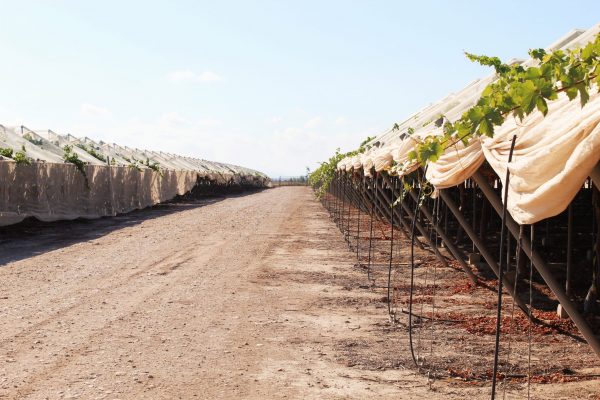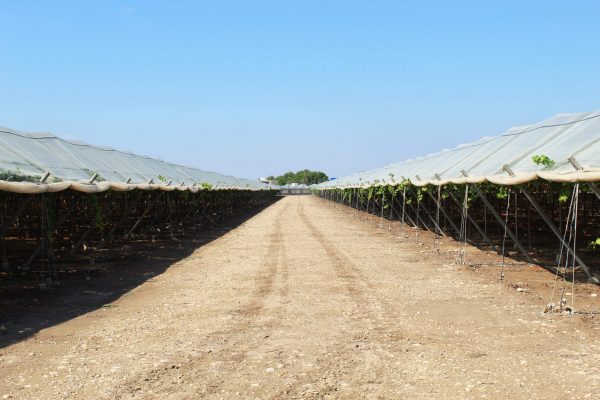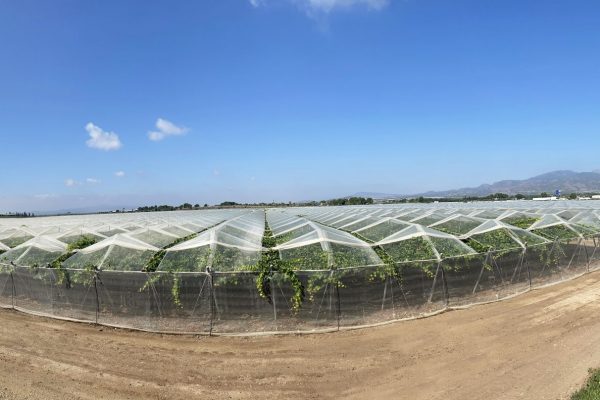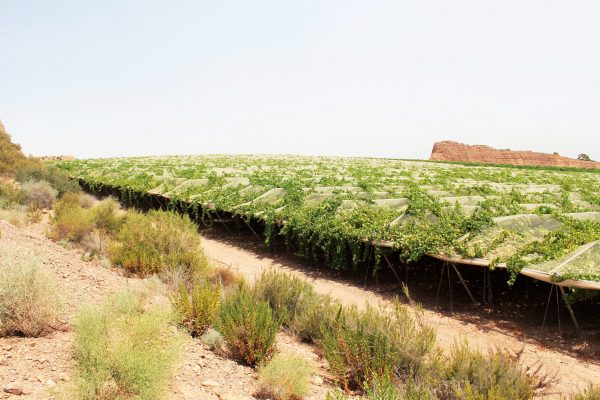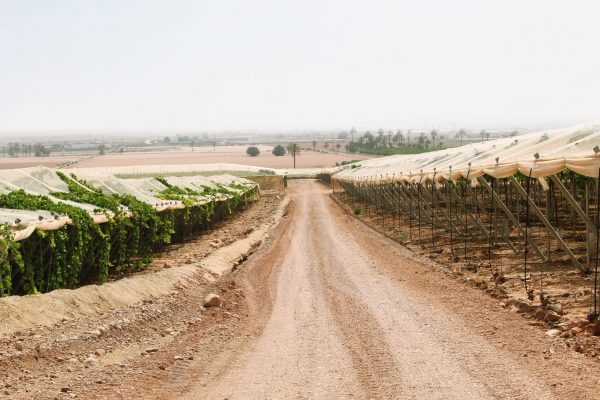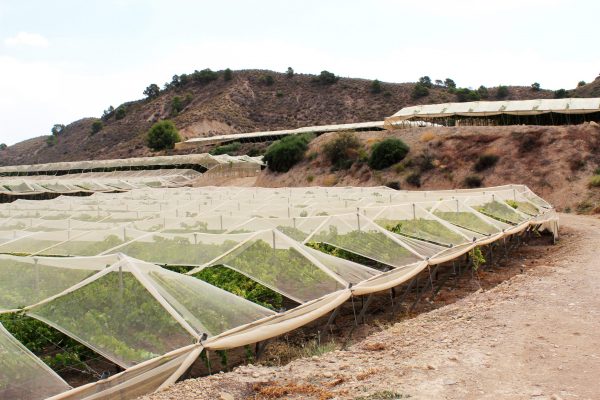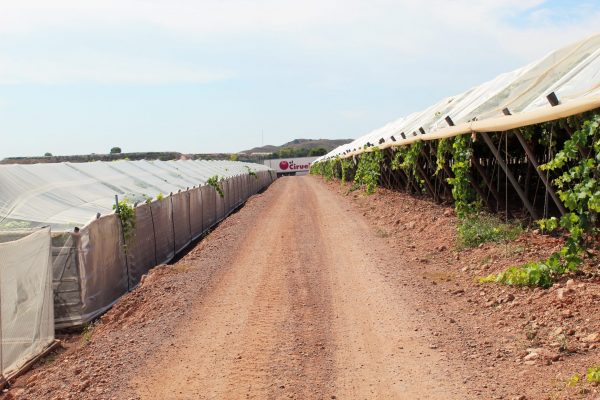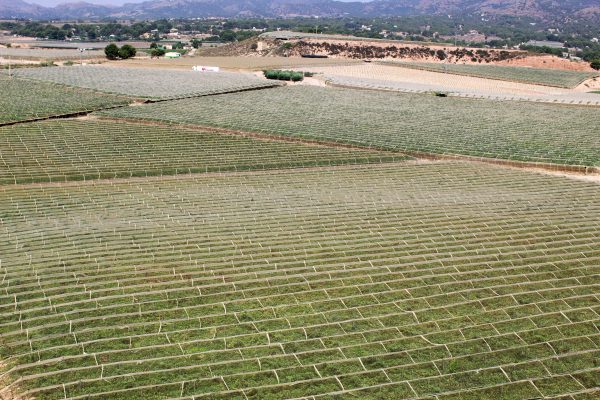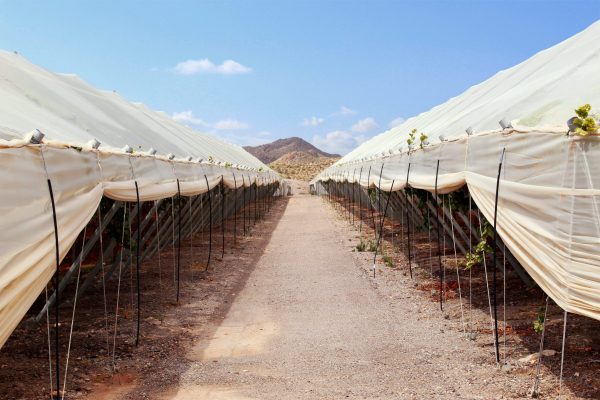Mankind has always been superstitious, whether it is a jar of salt that spills, a ladder under which we don’t want to pass, a black cat… This is why it is not strange that all over the world each country, region or continent has its own particular way of saying goodbye to the year we are leaving while looking for better luck in the coming year. Taking a look at other parts of the world we find very curious traditions, from several Latin American countries where the colours of underwear attract luck, money or love based on the colour they are, to Denmark, where breaking a plate is a custom to attract good luck.
Today, however, we will talk about something that directly affects us, a tradition that we at Grupo El Ciruelo are committed to highlighting and for which we make an extra effort every year, to ensure that everyone is able to eat the 12 lucky grapes and bid farewell to the year appropriately.
Did you know the origin of this tradition?
This tradition is surrounded by a bit of mystery due to the fact for decades several hypotheses have been colliding and combining, in an attempt to explain how this very Spanish tradition, believed by many people as unique to Spain, came about. However, the truth over the years it has become established in several Latin American countries and also in our neighbouring country, Portugal.
Many people affirm that this tradition began in 1909, when stable temperatures and abundant rainfall brought about a massive surplus of grapes, which the producers sold in packs of 12 and named them “lucky grapes”. This hypothesis already sounds strange enough… Out of nowhere, could a large group of producers invent a tradition and have success all over the country at once?
Actually, the 1882 newspapers already spoke of the lucky grapes tradition. Grapes were enjoyed accompanied by champagne ( in Spain, cava), also produced from grapes, since this tradition was imported from France, one of the great grape producers and whose bourgeoisie and fashions defined the customs of the European upper classes across a large part of the 19th century. However, we should point out that in 1909 they did have a surplus of grapes, and they were also packaged in this way, although this was not the origin but a major boost to this tradition, a tradition that has survived to the present day.
And why 12 grapes?
We already know how they arrived in Spain, through French fashions, but the French did not count them, the grapes were just an appetiser at midnight and served to reduce the alcohol content in people’ s blood, so why did they become 12?
It turns out that this tradition of eating grapes was first adopted by the Spanish upper classes and also the bourgeoisie, and Madrid’s lower classes, known as “chulapos”, came up with the idea of laughing and ironising this custom that seemed absurd and foreign to our country, and began to assemble each New Year’s Eve at the Puerta del Sol, where the clock crowning the Real Casa de Correos would ring out the year with the rhythm of the last 12 seconds of the New Year.
What began as a joke, a group of friends laughing at the snobbish customs of the bourgeoisie at that time, ended up having great success and repercussions in the media. A few years later, the newspaper “Siglo Futuro”, in 1984, began to establish popular beliefs such as making a wish for each grape, or the fact that by not eating them, bad luck would be brought by the coming year.
Why grapes?
Certainly, grapes are a fruit deeply established in the Spanish gastronomic tradition, they are part of the Mediterranean triad and have been cultivated and consumed for centuries. Grapes are an economically accessible fruit and there is usually a surplus of them in favourable weather conditions. Moreover, their sweet flavour and easy preservation make them an ideal fruit at this time of year. It is worth mentioning that grapes are also related to Bacchus and pleasure, which is also related by some historians to the French bourgeoisie’s choice of this fruit.
At Grupo El Ciruelo every year we make our famous watches, The 12 New Year’s Eve grapes, consisting of 12 washed and seedless grapes, already packaged so that all you need to do is open them and enjoy.
Don’t forget to follow us on our social networks @elciruelofruits and @Doceuva_br!

